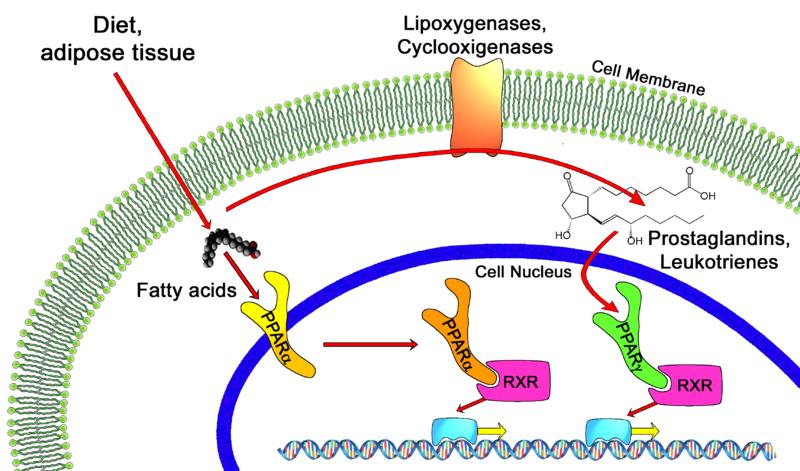Fibrate



|
WikiDoc Resources for Fibrate |
|
Articles |
|---|
|
Most recent articles on Fibrate |
|
Media |
|
Evidence Based Medicine |
|
Clinical Trials |
|
Ongoing Trials on Fibrate at Clinical Trials.gov Clinical Trials on Fibrate at Google
|
|
Guidelines / Policies / Govt |
|
US National Guidelines Clearinghouse on Fibrate
|
|
Books |
|
News |
|
Commentary |
|
Definitions |
|
Patient Resources / Community |
|
Directions to Hospitals Treating Fibrate Risk calculators and risk factors for Fibrate
|
|
Healthcare Provider Resources |
|
Causes & Risk Factors for Fibrate |
|
Continuing Medical Education (CME) |
|
International |
|
|
|
Business |
|
Experimental / Informatics |
Editor-In-Chief: C. Michael Gibson, M.S., M.D. [1]
Overview
In pharmacology, the fibrates are a class of amphipathic carboxylic acids. They are used for a range of metabolic disorders, mainly hypercholesterolemia (high cholesterol), and are therefore hypolipidemic agents.
Members
Fibrates prescribed commonly are:
- Bezafibrate (e.g. Bezalip®, available in Europe not approved in USA)
- Ciprofibrate (e.g. Modalim®, available in Europe not approved in USA)
- Clofibrate (largely obsolete due to side-effect profile, e.g. gallstones)
- Gemfibrozil (e.g. Lopid®, available in USA)
- Fenofibrate (e.g. TriCor®, available in USA)
Fenofibric acid (Trilipix) is FDA approved for combination use with statin, in patients with mixed dyslipidemia.
Indications
Fibrates are used as accessory therapy in many forms of hypercholesterolemia, usually in combination with statins. Trials do support its use as monotherapy.
Although less effective in lowering LDL, fibrates improve HDL and triglyceride levels, and seem to improve insulin resistance when the dyslipidemia is associated with other features of Syndrome X (hypertension and diabetes mellitus type 2).
Doses
Different doses of fenofibrate are available in the markets. The standard adult dose is usually >100 mg/day. However, dose lowering is required for patients with renal insufficiency (creatinine clearance < 80). Clinical trials are required to prove the relative efficacy of the different doses of fibrates.
Side effects
- Mild stomach upset
- In combination with statin drugs, fibrates cause an increased risk of rhabdomyolysis (idiosyncratic destruction of muscle tissue, leading to renal failure). A powerful statin drug, cerivastatin (Lipobay®), was withdrawn because of this complication. The less lipophilic statins are less prone to cause this reaction, and are probably safer when combined with fibrates.
- Clofibrate are no longer used because they were found to increase morbidity and mortality rates. Also, increased rates of malignancy in rodents have been found.
- Fibrates are excreted via kidney. It can cause reversible increases in serum creatinine levels. Thus, reduction in doses are indicated in cases with increased serum creatinine levels. Gemfibrozil's excretion is independent of renal function, and can be used in patients with chronic kidney disease.
Pharmacology

Although used clinically since the early 1970s, the mechanism of action of fibrates remained unelucidated until, in the 1990s, it was discovered that fibrates activate PPAR (peroxisome proliferator-activated receptors), especially PPARα.
The PPARs are a class of intracellular receptors that modulate carbohydrate, fat metabolism and adipose tissue differentiation.
Activation of PPARs causes transcription of a number of genes on the DNA that facilitate lipid metabolism.
Fibrates are structurally and pharmacologically related to the thiazolidinediones, a novel class of anti-diabetic drugs that also act on PPARs (more specifically PPARγ)